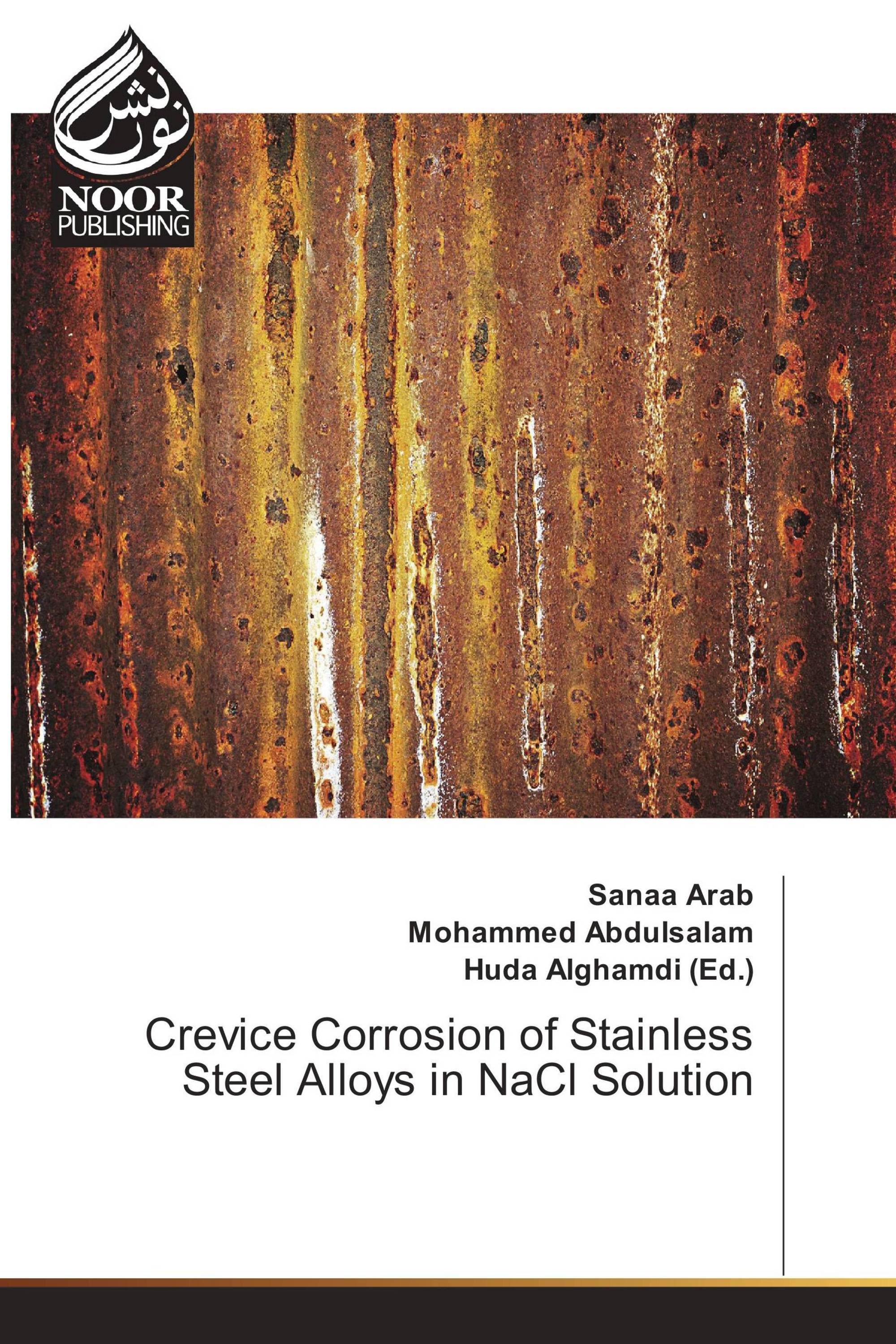The alloys 316L stainless steel and 254 SMO have good corrosion resistance in chloride ion solutions Different sodium chloride concentrations, temperatures, surface roughness, washers shape, torque values and applied potential, were the factors studied for 254 SMO. The used corrosion cell for the study containing one liter of aerated sodium chloride solution, was equipped with sample bolted with crevice assembly (working electrode) and carbon counter electrode. The potential was measured using a saturated calomel electrode For 254 SMO, increasing in sodium chloride concentration,temperature, surface roughness and torque value leads to increase the crevice corrosion Induction period decreases with sodium chloride concentration, temperature and torque value increasing whereas it increases with surface roughness increasing. Flat washers decrease the current value with time during the corrosion more than grooved washers X-ray Photoelectron Spectroscopy measurements have been carried out to detect and define the products which formed on the surface of 316L stainless steel. The formation of iron, chromium and molybdenum oxides, which play a great role to protect the alloy were found.
تفاصيل الكتاب: |
|
|
ISBN-13: |
978-620-2-34406-7 |
|
ISBN-10: |
6202344067 |
|
EAN: |
9786202344067 |
|
لغة الكتاب: |
English |
|
Edited by: |
Huda Alghamdi |
|
عدد الصفحات: |
184 |
|
النشر في: |
22.09.2017 |
|
الصنف: |
Chemistry |
